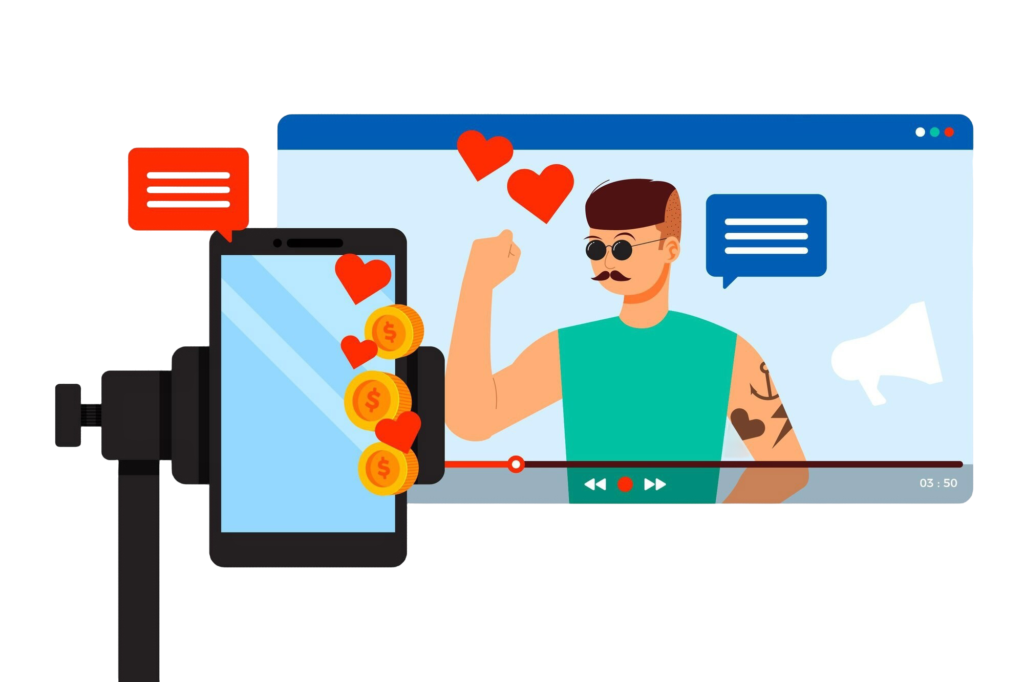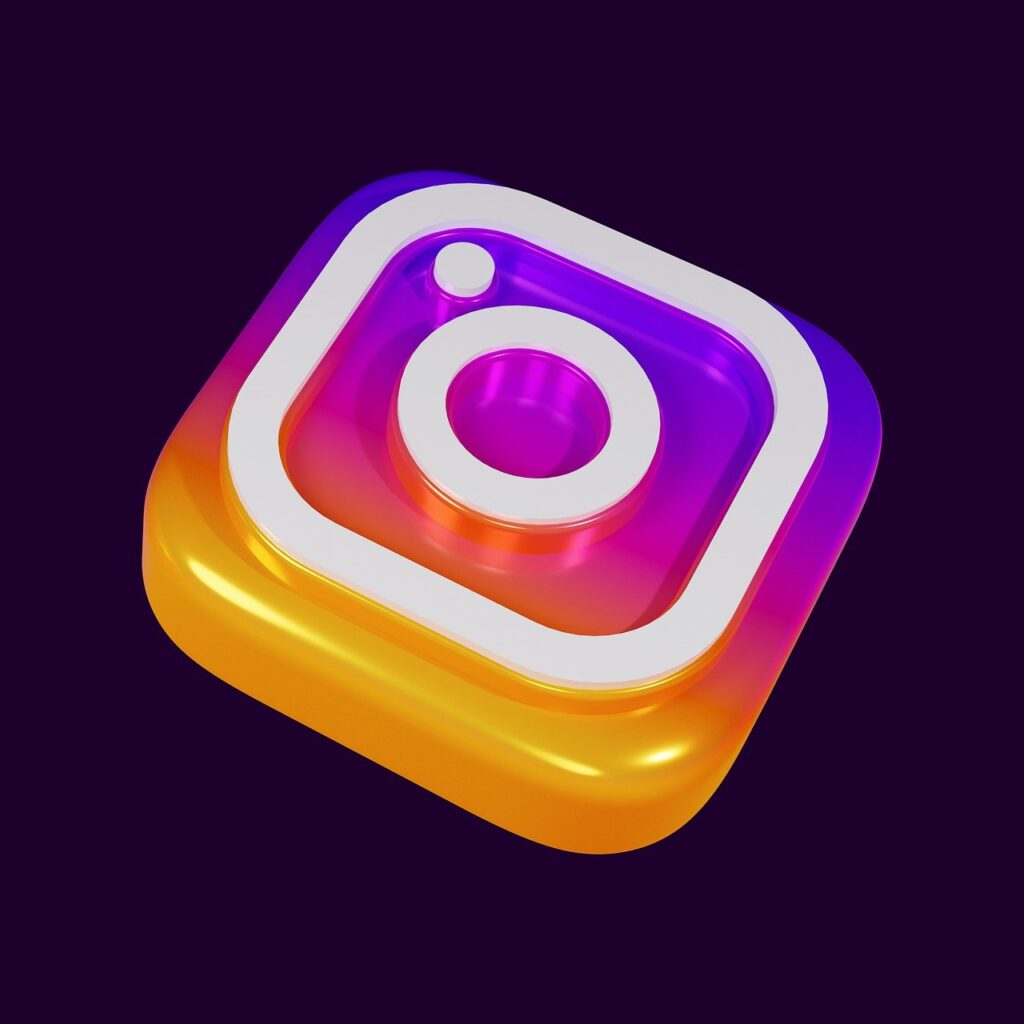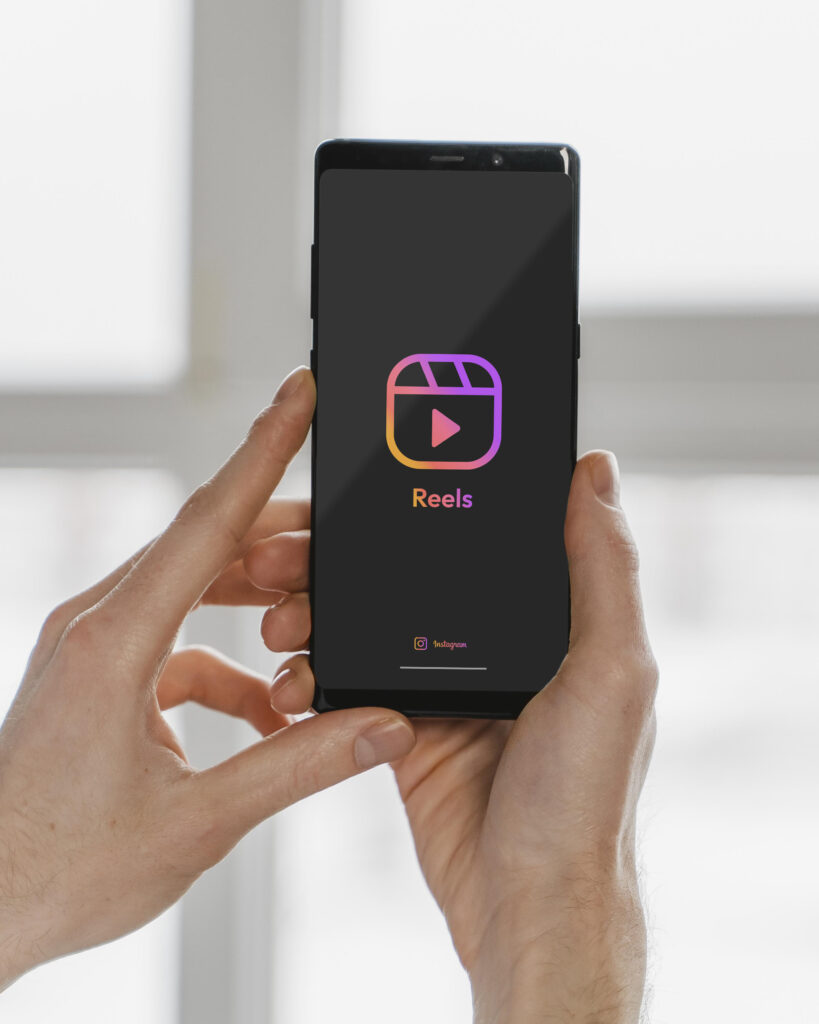People are information overloaded and attention span is not waiting for anyone especially in the context of the digital age. Yet, more and more brands compete for the customer’s attention, and the way to cope with that is to have an effective hook. Though, what exactly gives some form of the hook the difference in terms of being actual attention-grabbing as opposed to mere hype? In this blog, what hooks are going to be important; what their specific place in advertising is; and how they make people engage. In the end, you will grasp quite literally the basic meaning of a hook and how to implement it into your work in order to make a lasting impact.
Why Is the Hook So Important?
The hook can be defined as one of the most important things in any advertisement or post which is as applicable for a blog as for a video. It’s about first impressions that define whether your audience will stick around to view more of your content. Data indicate that typically, viewers time-shift within 5-10 seconds into a video or a news article, deciding whether to continue. Even the most important information can go unnoticed if it does not begin with a winning idea – this works for jokes as well as for films and books.
Here’s why the hook is so important:
- Grabs Immediate Attention: A compelling hook stops the scroll or piques curiosity, making the audience pause and engage.
- Establishes Relevance: It signals to the audience that the content will address their needs, desires, or problems.
- Sets the Tone: A well-crafted hook creates an emotional or intellectual connection, preparing the audience for what’s to come.
- Differentiates Your Message: In a sea of content, the hook helps your brand stand out and remain memorable.
Whether you’re promoting a product, telling a story, or sharing information, the hook ensures your message gets the attention it deserves.
What Is a Hook in Advertisement?
When it comes to advertising, a hook is a tool or feature in a visual, textual, or auditory context specifically used to attract attention and give a first unique impression. It is the foundation of a good campaign, or the hook that attracts a viewer or reader into your content. It should be truly unforgettable, related to the material being covered and based on an individual’s emotions.
Types of Hooks in Advertising:
- Taglines: These are short, impactful phrases that convey the brand’s message, such as Nike’s “Just Do It” or McDonald’s “I’m Lovin’ It.”
- Compelling Questions: Phrases like “Got Milk?” or “What’s in Your Wallet?” provoke thought and encourage curiosity.
- Striking Visuals: A captivating image or video that tells a story in an instant.
- Unique Offers: Promises like “50% Off Today Only” or “Risk-Free for 30 Days” immediately catch the eye.
The hook is the first step in the advertising journey, ensuring the audience sticks around long enough to absorb the rest of the message.
What Is the Importance of Hook and Line?
It’s a hook essentially but the hook and the line together play a part in the capturing of the audience. Think of it as fishing: hook captures the fish’s attention while the line makes sure it remains hooked on until one reels it in.
- The Hook: Captures attention and piques curiosity.
- Example: A dramatic opening line like “This simple trick will save you thousands!”
- The Line: Delivers on the promise of the hook, providing value, entertainment, or a solution.
- Example: Explaining the “trick” with actionable steps or compelling benefits.
Without a compelling line, even the strongest hook can fall flat. Audiences might be intrigued initially, but they won’t stick around if the follow-through doesn’t meet their expectations.
What Is a Hook Line for an Ad?
A hook line is a short catchy slogan that is usually employed in an advertising campaign to draw attention. This area is also usually the first that draws the attention of the consumer and definitely influences their attitude to the advertisement or the brand.
Characteristics of a Strong Hook Line:
- Memorable: Easy to recall, even after the ad ends.
- Emotionally Resonant: Connects with the audience’s desires, fears, or aspirations.
- Unique: Stands out from competitors.
- Clear: Instantly communicates the message without confusion.
Examples of Iconic Hook Lines:
- “Melts in Your Mouth, Not in Your Hands” (M&M’s): Highlights a unique selling point.
- “Think Different” (Apple): Appeals to innovators and non-conformists.
- “Save Money. Live Better.” (Walmart): Speaks directly to customer priorities.
These lines encapsulate the essence of the brand, making them highly effective as hooks.
Importance of Hook in Ads: Examples
A well-crafted hook is the difference between an ad that converts and one that gets ignored. Let’s look at some examples that illustrate the importance of the hook in ads:
1. Old Spice: “The Man Your Man Could Smell Like”
- Hook: A bold, humorous opening: “Look at your man. Now back to me.”
- Why It Works: The unexpected humour and direct address grab attention instantly.
- Impact: Revitalised the Old Spice brand and made it appealing to younger demographics.
2. Always: “Like a Girl” Campaign
- Hook: The question: “What does it mean to do something ‘like a girl’?”
- Why It Works: It challenges stereotypes, creating an emotional connection.
- Impact: Sparked a global conversation about gender norms and boosted brand perception.
3. Snickers: “You’re Not You When You’re Hungry”
- Hook: Relatable humour showing people acting out of character.
- Why It Works: The concept is entertaining and ties directly to the product’s benefit.
- Impact: Became a long-running campaign with high recall value.
Each of these examples shows how a strong hook not only grabs attention but also ties seamlessly into the brand’s message, leaving a lasting impression.
Hook vs. Hype: Striking the Right Balance
Whereas, hooks are all about relevance, hypes are all about sensationalism. While sometimes used to build the anticipation of the market, hype can become problematic because it sets the anticipation that is not met by the product or service delivered to market.
Why Hooks Are More Effective Than Hype:
- Authenticity: Hooks build trust, while hype risks coming across as dishonest.
- Sustainability: A strong hook creates long-term engagement, whereas hype is often short-lived.
- Connection: Hooks focus on the audience’s needs, while hype tends to focus on self-promotion.
For example:
- A hook might say: “Effortless skincare tailored for you.”
- Hype might exaggerate: “The only skincare product you’ll ever need!”
The hook feels approachable and achievable, while the hype risks alienating skeptical audiences.
How to Create an Effective Hook
To craft a hook that captures and retains attention, follow these steps:
- Know Your Audience: Understand their pain points, desires, and values.
- Start Strong: Use a bold statement, intriguing question, or compelling visual.
- Be Unique: Avoid cliches; offer something fresh and unexpected.
- Evoke Emotion: Whether it’s curiosity, humour, or nostalgia, connect on an emotional level.
- Deliver Value: Make sure the content or product fulfills the promise of the hook.
Conclusion
In the battle of attention, the hook is the king. Now it’s not just about viewership but viewership in its finest manner that make the audience actually turn into passionate fans. Knowing these concepts and practices, creating clever hook lines, and avoiding hype in your campaigns, you will be able to create campaigns that will be friendly, engaging and persuasive. Master the art of the hook, and you’ll not only stand out but also keep your audience coming back for more.
It makes sense when you are unable to come up with strong hooks and campaigns. ASH Media Co. IN provides cutting edge ,professional and innovative digital marketing services to help you realise your dreams. Please reach out to as for more information on how to realise your dream home and promote your brand with exceptional outcomes.



